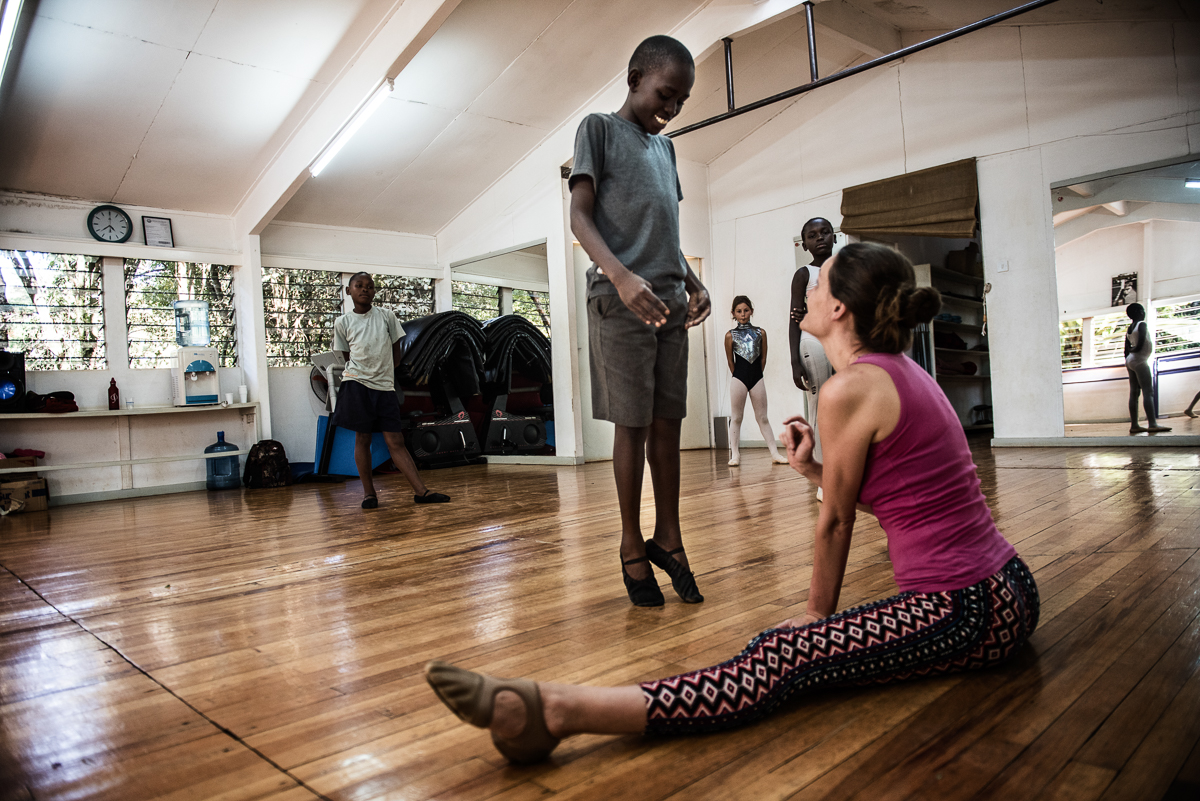
Gender is a social construct. It refers to the relationship between men and women, girls and boys. According to Carolyn Hannan (2000), gender relates ‘to the attributes and opportunities associated with being male and female, and the socio-cultural relationships between women and men, and girls’ and boys’. These attributes, opportunities and relationships are socially constructed and learned through socialization processes. They are passed from one generation to another. They are, however, context-specific and changeable. They are not static but dynamic. In most societies, there are differences and disparities (inequalities) between women and men in activities undertaken, access to and control over resources and decision-making (power) opportunities. Gender is an integral part of the broader socio-cultural context.
The wide-ranging issues around the world in recent years has been Gender Equality and women empowerment. It’s the voice of women. Women speaking up about sexual harassment, discrimination in all spheres of life, domestic violence and all forms of inhuman treatment. These issues are finally being taken seriously. This welcome development is long overdue. the critical step to be taken is women empowerment against the long-existing stereotypes and gender roles which has its root in patriarchy powered by religion and culture without which women’s full participation will be challenging. If women make up the half population of human on earth, women must be represented in equal numbers to men at the highest levels of our business and government institutions, where real change can be made.
However, Society operates with a set of assumptions about gender that has held women back. We will be discussing some of these assumptions which we call Gender Myths and Misconceptions in this article. At times, even the most well-intentioned among us buy into these myths and perpetuate the biases we are working to eliminate. By focusing on women’s supposed shortcomings, the myths tell women they must change in order to succeed and men, they must dominate and be in charge. Some of these Myths and Misconception are;
Myths 1: Women Are Weaker Vessels.
This is coined from a statement in one of the Holy books and is always used out of context to derogate women’s capacity to do certain things. However, the intention was to explain how women are to be properly catered for by the men in their lives. It was not to say that women are weak in any form. Just like any human, the state of health of a woman can tell on their capacity to be productive at a particular time; pregnancy and menstrual period for example but it is for that period. Once that time is past, a woman can be as strong as a man depending on the individual’s physical strength capacity. This could be more explained in the situation of comparing a sick man’s strength to that of a healthy woman at a given period of time. They are women who are even stronger than men.
Myths 2: Men Don’t Weep.
Human generally is emotional beings who have the possibility of expressing it anytime and in several manners regardless of sex and gender. Weeping is one of the ways and manner of emotional expression any human can adopt. It should never be used as a criterion to determine the strength or ability of any gender to control their emotions. Weeping, according to psychological experts could even be therapeutic in some situations.
Myth 3: Household Chores Are Women’s Work.
Gender roles in most society are apportioned with the patriarchal sentiment embedded in culture and religious norms. Roles should not be distributed based on gender especially when sexual organs are not needed to perform such roles. It should rather be by availability, interest and knowledge. The myth of household chores as women’s work accounts for why women are not expected to take up challenges and roles outside their home that will not allow them to have time to meet up with this misconceived role. Its allows for discrimination of gender at all levels starting from birth to education to career to leadership participation. The time women dedicate for home chores and child-raising cuts into the time they could be spending on their careers. The reality is, of course, that cooking and cleaning are gender-neutral activities. And when both parents are engaged in rearing their children, they do better in school.
Myths 4: Men Must Pay the Bills
Men are perceived to be the head and leader at all levels. So either they earn more, less or equal to the women, they are expected of them to be the one always bearing the financial burden of all affairs they are involved including housekeeping bills even outside the home. For example; when two, male and female colleagues who earn same income go out for lunch in a restaurant, the male will be expected to pay and if he couldn’t his manliness will be questioned and he may even feel disrespected if the female colleagues offer to pay the bill for the two. This also accounts for why women are expected to stay at home for housekeeping and the man goes out to “win the bread” which is assumed to make him the “head” that he is.
The fact is that any gender can pay the bill depending on whose resources are available. Money making is not an exclusive responsibility of particular sex so should payment of bills.

